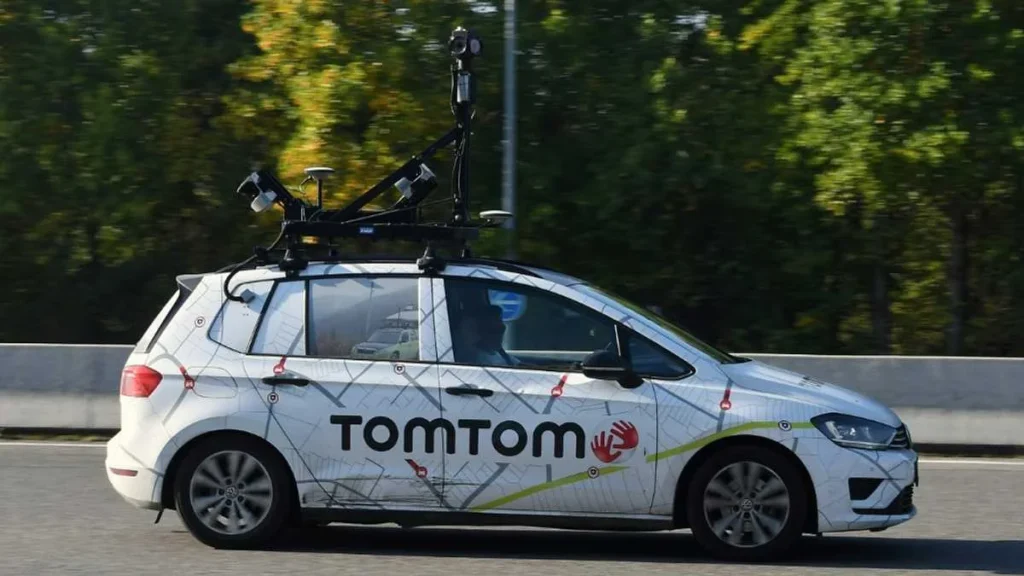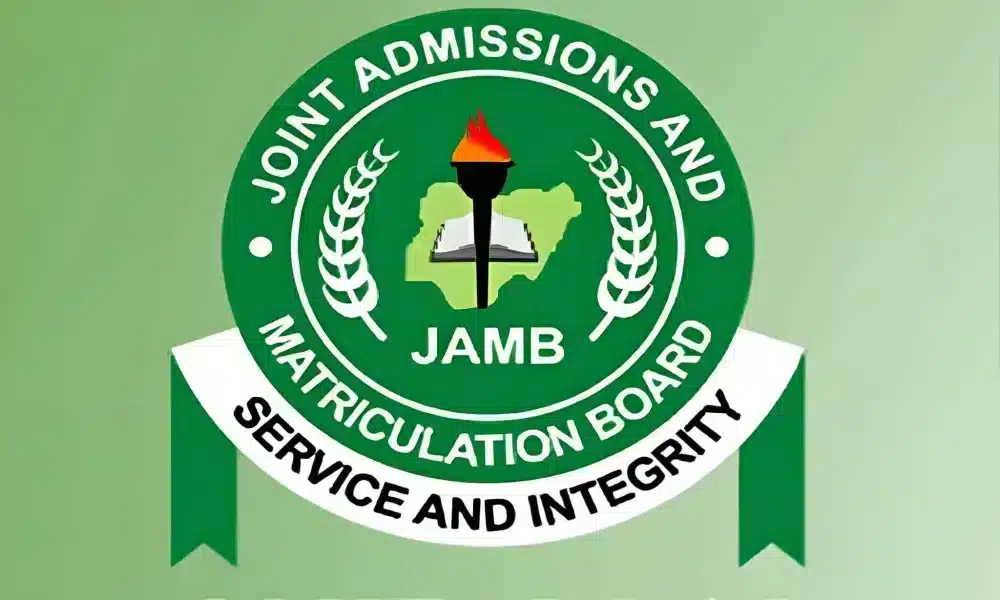TomTom announced on June 30, 2025, that it will eliminate 300 positions—primarily within its application layer, sales, and customer support functions—to reorient its business around artificial intelligence and a product‑led strategy. The outcome: a leaner, more agile organization unafraid to embrace transformative change.
Strategic Pivot Toward AI-Driven Products
With this downsizing, TomTom enters a new chapter. The company aims to evolve beyond traditional mapping services and consumer navigation, zeroing in on AI-enhanced products, especially in automotive markets. By shedding layers in application implementation and client-facing operations, it can:
-
Reinvest in AI and machine-learning tech—particularly for next-generation HD maps, in-vehicle experiences, and developer tools.
-
Realign human resources toward teams that directly build and scale AI-first products.
-
Drop inefficiencies in middle management and support, freeing up both human and capital resources.
CEO Harold Goddijn emphasized that, while he regrets the impact on affected employees, this move positions TomTom to better serve global automakers and technology platforms in a rapidly digitizing mobility ecosystem.
Why Now? Market Signals Behind the Push
TomTom’s decision is not sudden; it builds on signals spotted over the past couple of years:
-
Q1 2024 earnings: The company recorded a €4.9 million operating loss, citing declining auto sales and higher R&D spending in AI and autonomous driving. Location technology still accounted for around 60% of revenue, but margins were under pressure.
-
2024 mid-year trends: Persistently weak global car demand forced TomTom to abandon its 2025 revenue targets and focus on core strategic initiatives.
-
2022 developments: Earlier, 500 roles were axed in the Maps unit after the company automated major chunks of map-making. That restructuring saved €30 million and freed staff to work on higher‑value tasks.
These steps reflect a longstanding ambition to automate and scale core services—from map production to support—so decision-makers can pivot entirely to intelligent products.
TomTom’s AI Arsenal: What It’s Building
TomTom isn’t just talking about AI; it’s embedding it throughout its mapmaking, developer tools, and in-car experiences:
-
Generative AI “hub-and-spoke” model
Through recurring internal communications, workshops, hackathons, and cross-team collaboration, TomTom has fostered organization-wide AI fluency. Its internal AI newsletter and “GenAI office hours” help staff propose new use cases and skill up rapidly. -
AI-assisted map automation
The company applies machine learning and computer vision to speed up map-building: for example, generating 3D lane geometry in Orbis Maps using AI-driven workflows. -
In‑car AI assistant prototypes
At CES 2024, TomTom unveiled “Tommy,” an LLM‑based conversational assistant that offers context-aware, emotional, and proactive driving guidance—such as advising on scenic routes or alerting drivers to upcoming traffic and charging stalls. -
Improved developer experience
TomTom’s developer portal now includes AI-based assistance to help integrators and automakers onboard faster, access documentation, and build applications with minimal friction. -
Strategic ecosystem partnerships
TomTom collaborates with tech giants like Microsoft (through Azure), BentoML, and startups, and connects with academic labs—as seen in its AI research with the University of Amsterdam. These alliances strengthen both internal innovation and market positioning.
The Human Element: Upskilling and Support
Significantly, TomTom has not treated AI as a threat—it has upskilled its workforce holistically. In 2023 alone, the company:
-
Conducted GenAI bootcamps across marketing, product, support, and engineering teams.
-
Held community-led knowledge sharing, including regular Ask‑Me‑Anything (AMA) events.
-
Launched hackathons and an internship pipeline to incubate AI-driven products, several of which are already live.
This approach shows a willingness to retrain rather than replace—though the current cuts suggest much of the AI infrastructure work is nearing completion, shifting resources to AI-integrated product teams.
Organizational Lens: From Devices to Data to AI
To understand the shift, a look at TomTom’s evolution is revealing:
| Year | Shift |
|---|---|
| 1991–2004 | Grew from PDA software to consumer GPS devices (TomTom Go) |
| 2008–2016 | Launched traffic services and expanded through M&A |
| 2019 | Sold telematics unit to Bridgestone; committed to digital maps and location services |
| 2022 | Automated mapping workflows; laid off 500 in Maps unit |
| 2024–2025 | Applied GenAI to mapmaking and announced AI assistant prototypes |
| June 2025 | Trimmed 300 jobs in support and application teams to sharpen AI focus |
This timeline shows a company continuously evolving—from hardware to cloud services to machine intelligence.
What’s Next? Where TomTom Is Heading
Now that TomTom has exited peripheral functions, what’s the upside?
-
Faster pace on AI‑driven innovation: Expect more HD map updates, LLM-powered APIs, and consumer-grade automotive assistants.
-
Deeper embedded car partnerships: AI assistants and HD‑maps integration will boost value for OEMs and tier‑1 suppliers, likely increasing recurring revenue.
-
Improved unit economics: By redirecting resources from sales/support to product development, margins may benefit long‑term.
-
Ongoing cost discipline: 2025 will likely bring continued scrutiny of workforce costs, R&D ROI, and product performance.
Still, challenges remain. Weak auto sector demand and macroeconomic uncertainties may dampen near‑term revenue, while tight competition from companies like Here, Google, and Apple keeps pressure high.
Conclusion: Investing in AI Growth
By cutting 300 roles, TomTom is not shrinking—it’s recalibrating. It is transitioning from legacy devices and support functions to a future defined by AI‑fueled maps, in‑car intelligence, and developer-centric platforms. While the move is hard on affected staff, it reflects a strategic urgency: evolve or risk obsolescence.
If TomTom can maintain momentum in AI innovation, deepen partner engagement, and continue its internal cultural shift, it will likely reemerge stronger—driving tomorrow’s autonomous vehicles and smart digital mobility ecosystems.












